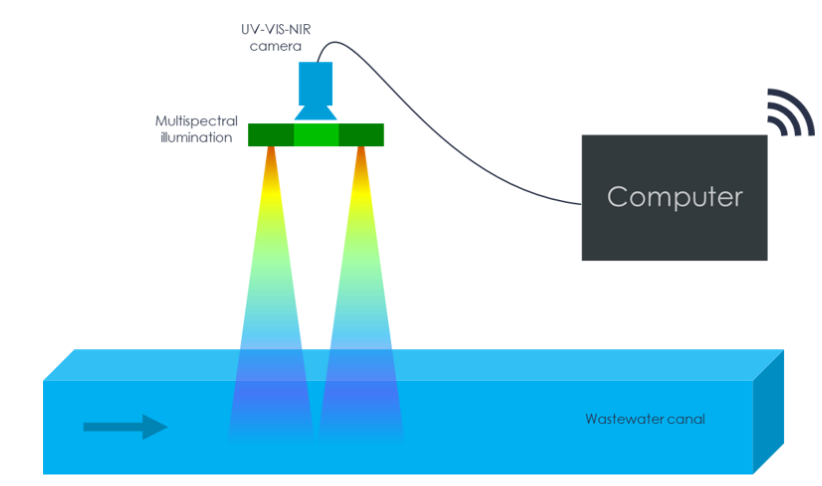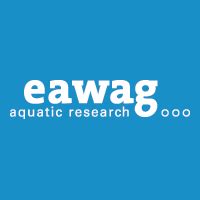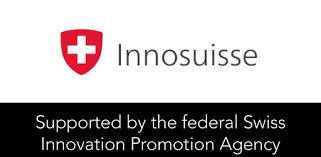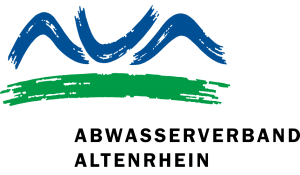PollutionKeeper
photrack, together with CSEM and EAWAG, are currently working on developing the PollutionKeeper, a system which aims to monitor water quality using a non-invasive, intelligent optical imaging approach.

The system will be coupled with the DischargeKeeper, creating a non-contact solution for water quality and flow monitoring, by using multi-spectral imaging in the Ultra-Violet, Visible and Near-InfraRed spectrum, leveraged by the recent LED breakthroughs on these wavelengths. Coupled with the machine learning algorithms will allow water quality parameters detection with reduced hardware specifications.
In wastewater there are two relevant pollution indicators: the suspended solids, also referred to as turbidity (TUR) and the chemical oxygen demand (COD). Their standard measurement requires manual sampling and subsequent laboratory analysis, which is expensive (i.e. cost per analysis) and requires time (i.e. not real-time). Alternative solutions are based on using spectrophotometric probes immersed directly in the wastewater. Unfortunately, these devices are expensive, and require a lot of maintenance as they can get easily clogged with suspended solids. The PollutionKeeper will use a multi-spectral camera which has a spectral response curve from 250 to 1000 um. By emitting light at different wavelengths and recording the changes in reflection due to COD and TUR concentrations in the water, those parameters can be inferred. The uniqueness of this solution is a dedicated hardware (camera and multi-spectral illumination) with selected wavelengths, and custom neural network-based algorithms for pollutant prediction.
During the project we will conduct extensive monitoring campaigns to monitor wastewater pollution during dry and wet weather conditions. This will provide us with reliable data to train and evaluate the platform. We will also develop a calibration process to adjust the sensor to each wastewater matrix in a semi-automatic fashion.
Partners


With the support of:

